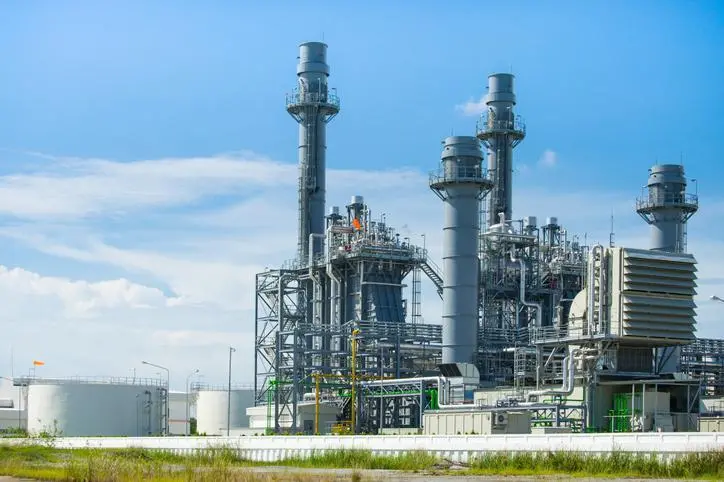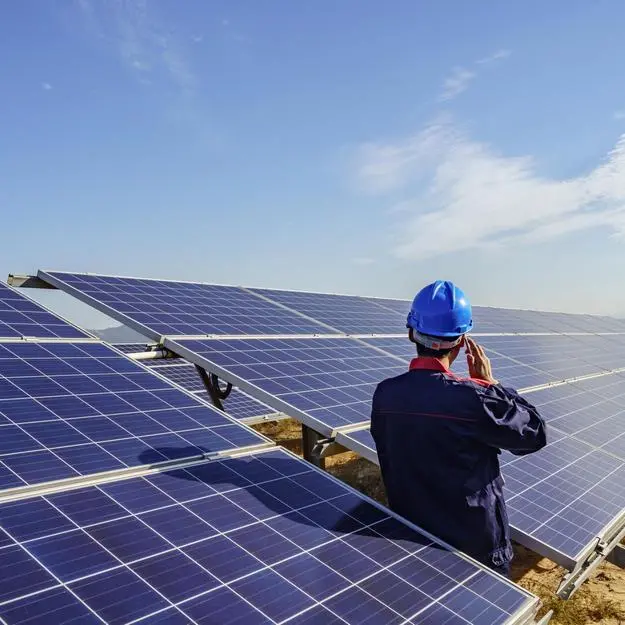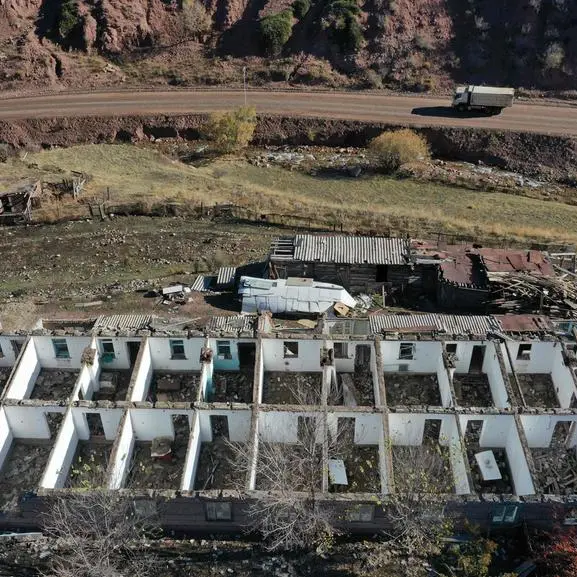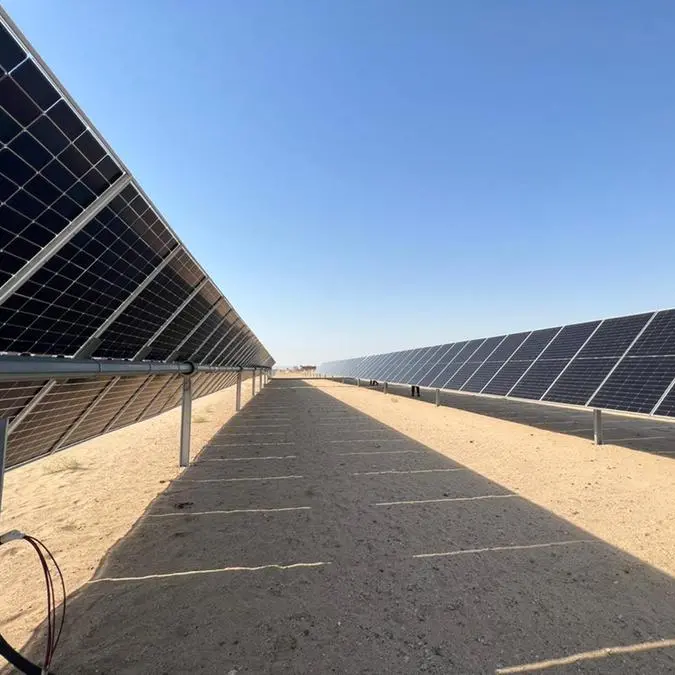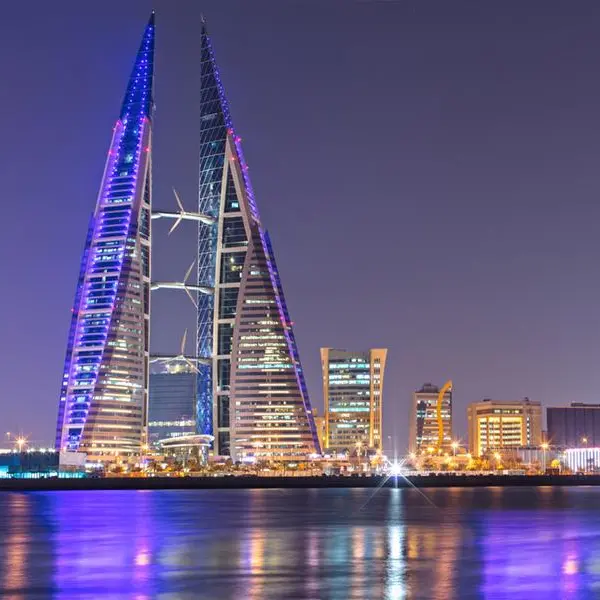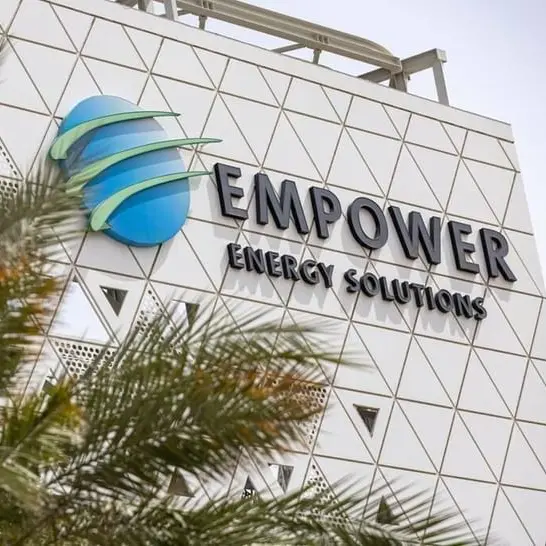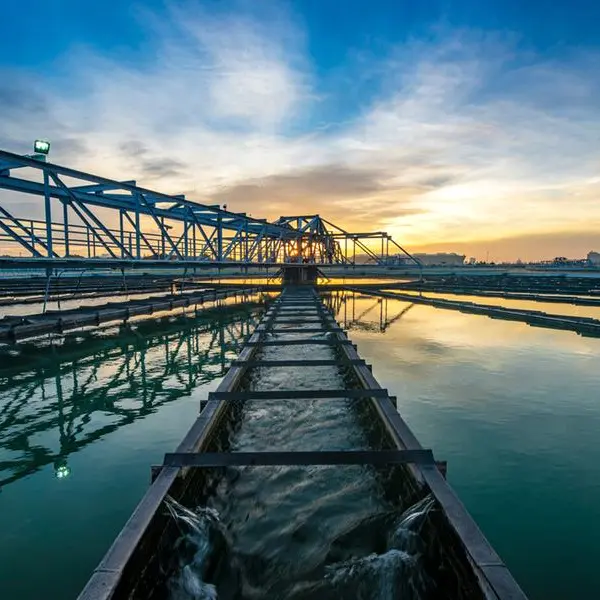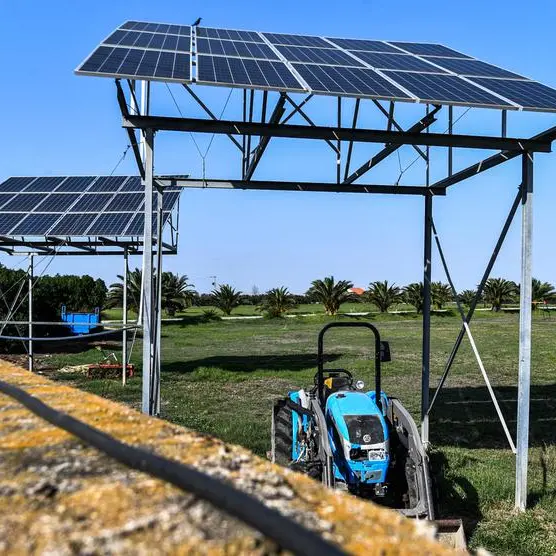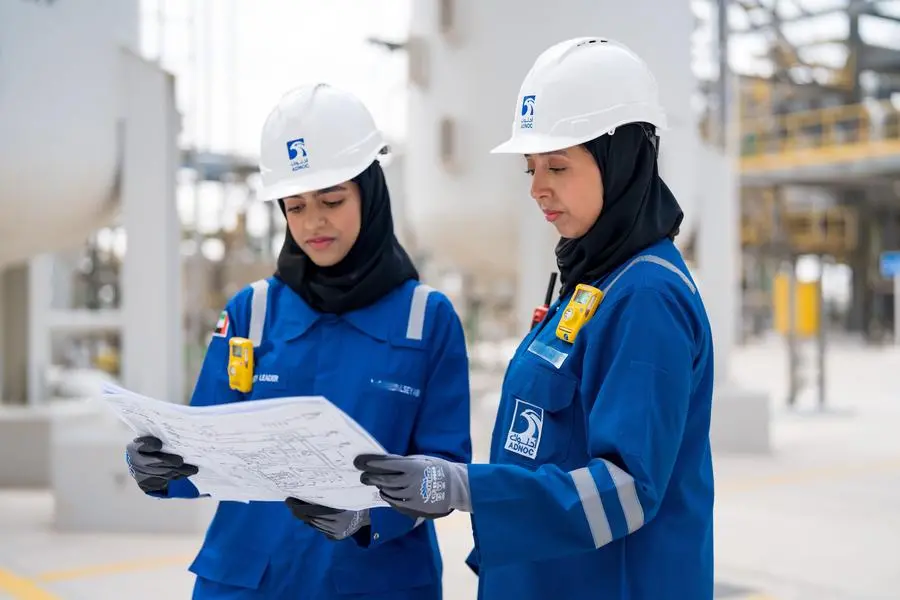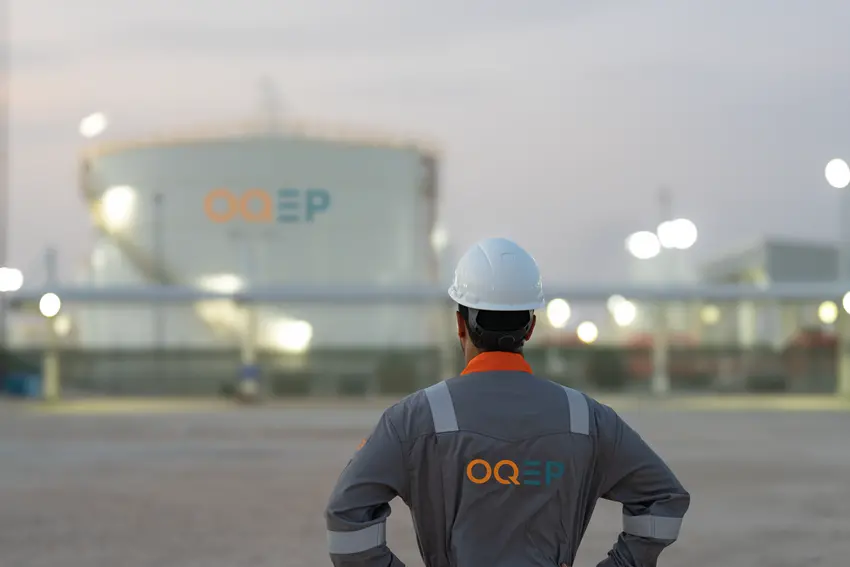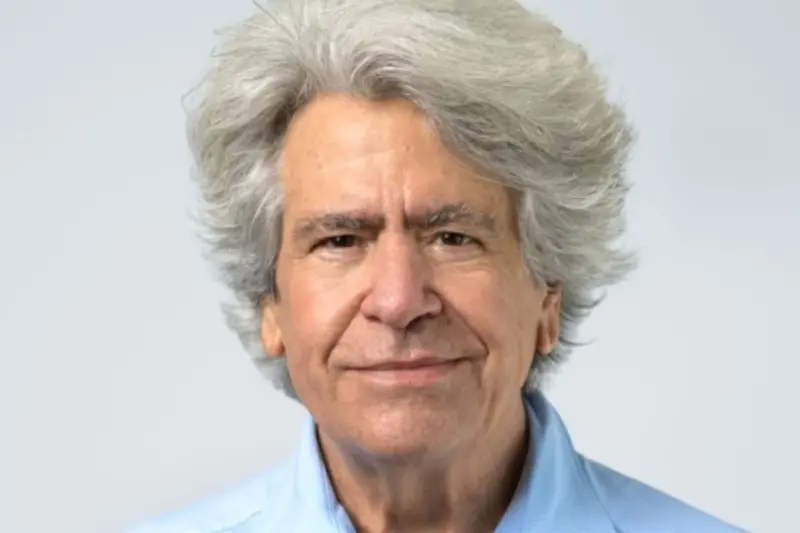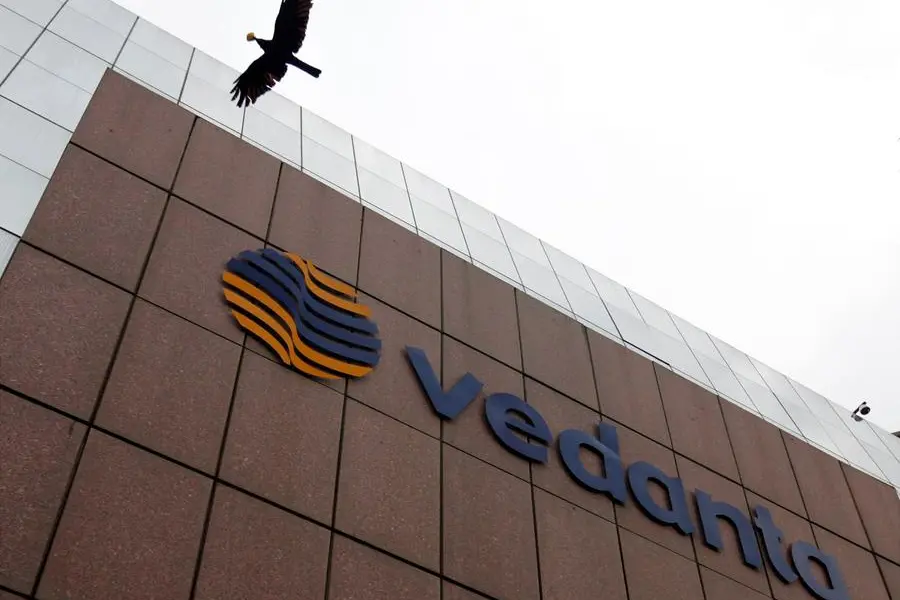PHOTO
MUSCAT: The Rabt interconnection project – a major initiative to link Oman’s standalone grids in the north and south of the country – will result in the closure of as many as 14 diesel-fired electricity generation plants, saving in turn an estimated 175 million litres of diesel while reducing over 474,000 tons of carbon emissions per annum.
Phase 1 of the landmark project connects the Main Interconnected System (MIS) in the North of Oman with the internet network of Petroleum Development Oman (PDO) in the oilfield heartland of the country. It also integrates the local networks of Tanweer in Al Wusta Governorate encompassing the areas of Duqm and Mahout.
While the first phase was commissioned during Q4 2023, the second phase of Rabt is currently under tender. It will run further south from Duqm and eventually connect with the Dhofar System.
According to Oman Electricity Transmission Company (OETC), the owner and operator of the national grid, a total of 14 power plants operating on expensive diesel fuel, will be displaced when the interconnection project comes on stream by Q4 2026.
“Overall, the Rabt Project aims to increase the efficiency, integration, and security of the national electricity transmission network. In addition to reducing carbon emissions. The project’s estimated reduction in carbon emissions expected to exceed 474,000 tons per annum after the closure of 14 diesel plants operate with diesel, which will also save up more than 175 million liters on annual basis and reducing costs by more than RO 65 million,” OETC stated in newly published 2023 Sustainability Report.
OETC Chief Executive Officer Eng Saleh Nasser al Rumhi said the project, along with efforts to boost energy efficiency across the network, will play a key role in achieving Oman’s Net Zero Emission (NZE) Target by 2050.
“Our focus on innovation has been instrumental in enhancing the operational efficiency of our transmission network. By adopting the latest smart tools and technologies, we have improved the capacity and efficiency of our transmission networks. These efforts have not only improved our performance but also contributed to the overall sustainability of Oman's energy transmission sector,” he added in the CEO’s Message.
OETC, a member of Nama Group, has also pledged to minimum greenhouse gas (GHG) emissions by “dispatching the most efficient generation units which consume less gas/fuel and have lower CO2 emissions”.
It is prioritizing the dispatch of electricity from solar and wind power plants.
According to the transmission grid operator, a 3.86% decrease in GHG emissions was achieved in 2023 as a result of its commitment to prioritising renewable power dispatch over gas-fired generation. GHG emissions from the gas powered plants totaled 18.730 million tons of CO2-equivalent last year, with solar and wind farms contributing to GHG reductions of 778K tons of CO2e.
2022 © All right reserved for Oman Establishment for Press, Publication and Advertising (OEPPA) Provided by SyndiGate Media Inc. (Syndigate.info).
